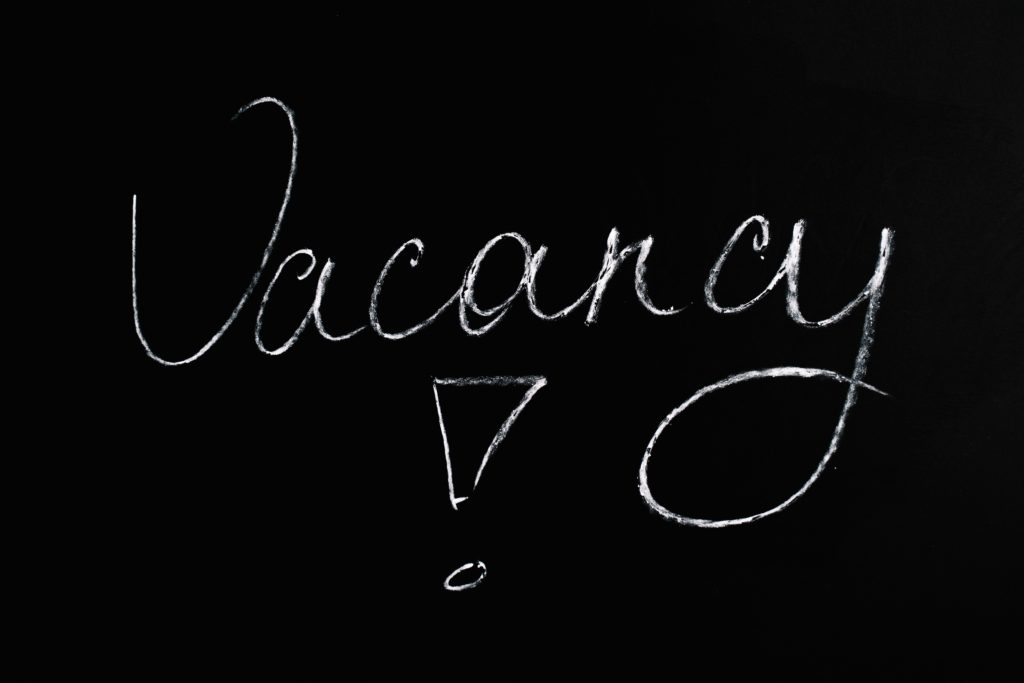Back-seat drivers cause car crash website projects

Stakeholder groups can make or break complex website projects. A well aligned and engaged stakeholder group with clearly defined roles and responsibilities can make a website project a dream for both client and agency. But the opposite can cause major issues. And nothing causes more of an impact than an annoying back-seat driver.
Here are a few observations and tips for marketers wanting to deliver smooth running projects in complex stakeholder environments.
The biggest unknown
The first thing to mention is that, as an agency, stakeholder groups are the biggest unknown for us when kicking off work with a new client.
We have defined processes that we’re constantly optimising, and we have timesheets for nearly every project we’ve ever completed (hundreds, over the years). So in theory, we can estimate the time taken to deliver a project of a certain scope very accurately.
The reality of being an agency though is that we’re a client facing services business, and working closely with clients is what we do – and we love doing it! But with this comes the uncertainty of working with a group of client stakeholders we’ve often never worked with before. We don’t know how fast moving the client’s culture generally is, how empowered the core team we’re working with are to make decisions, and which stakeholders might be involved in the background of the project from the client’s side.
So, back-seat drivers pose a big threat to delivering a project smoothly and on time.
What is a back-seat driver?
A back-seat driver in a stakeholder group is someone who wants to have some input into the project, but not be actively involved in driving the project forward. They want to input now and then with bits of feedback or sign off certain deliverables, but they don’t want to be involved in the day to day. This is dangerous, for a number of reasons, and this type of stakeholder needs to be carefully managed to avoid a car crash project.
Why are back-seat drivers dangerous?
By definition, a back-seat driver lacks lots of the context and knowledge to be able to input appropriately. With complex website projects comes the reality that unless you’re involved in the day to day and engaging with the agency’s team of experts on regular calls and discussions, you’re not going to have the insight, understanding or context as to what’s happening and why decisions are being made. More often than not this will slow things down by requiring additional clarification and communication, often on points that have already been talked about and agreed between the core stakeholders and the agency.
For example, take the design of a website homepage. The agency delivers the design and asks for feedback from the main stakeholder of the client. The main stakeholder provides feedback, they have a call with the agency, they clarify a number of points and after some back and forth over a couple of days, they are ready for sign off. They then have to send it to the CEO for approval.
The CEO knows nothing about web design or development and very little about digital marketing. They haven’t been involved in the day to day, and they don’t know why certain decisions have been made by the agency. They are a back-seat driver.
It’s usually at this point that things start to derail. The CEO starts to provide feedback just for the sake of it. They suggest design changes based on their subjective personal preferences rather than based on any science. They request alterations that contradict what their marketing team have said 2 weeks before. Suddenly we’re going round in circles, timelines are being pushed back by weeks as milestones are missed, previously agreed points are being discussed for a second or third time and everyone is getting a bit fed up. Not good for the client, not good for the agency.
Having said that, a CEO who wants to sign off on the high level direction of the project isn’t necessarily a bad thing! Senior stakeholders can have a positive impact by offering a holistic perspective from those of marketing managers. Often they aren’t solely responsible for a car crash website project, and they can actually help maintain a focus on the final destination.
Be realistic
If you’re going to rush into a project with a 12 week window to deliver, you need to be realistic about what’s possible based on your stakeholder group. Sure, the agency needs to be able to deliver first and foremost.
But if you know your culture is slow moving, you’re going to have a stakeholder group of 10 people across two time zones, and your CEO has a strong opinion but not going to be involved in the day to day and has a 3 week holiday booked in the middle of a key phase of the project – you probably need to be realistic and rethink your timeline.
On the other hand, if you’re a marketer that has clearly been given authority and responsibility to drive the project forward and make decisions on behalf of the business, and to turn around feedback and sign offs within a few days, 12 weeks might well be possible.
A few final tips
- We always recommend clients agree upfront between them internally who is responsible for what, and how much or how little say each person will have at each stage of the project. Agreeing this upfront will avoid problems down the line, and allows for realistic planning from the start.
- Acknowledge that an agency has a big dependency on the client to be able to deliver within a timeline. Small, empowered stakeholder groups enable faster delivery. Large, slow stakeholder groups inevitably need more time.
- If you’re a CEO, founder or senior leader reading this, my advice is this: trust your marketing team, empower them to make decisions, support them in moving with agility and provide high-level direction. Empowered and trusted teams deliver brilliant results.

Meet the team: Olly

How to optimise a B2B tech website for talent acquisition
Let's Talk
Do you have a web design and build project coming up that you would like to talk about?